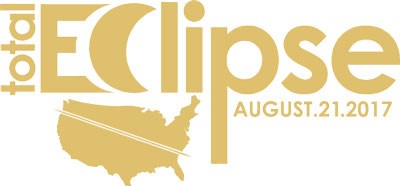
Where can I see the eclipse in the Grand Teton?August 21 is anticipated to be the busiest day in the history of the park. On eclipse day, the park will alter traffic flow and parking to accommodate eclipse viewers and maintain safe access. Visitors are invited to view the eclipse along the center path of totality along the Gros Ventre Road, or at designated Official Eclipse Viewing Areas where rangers and astronomers will provide telescopes and interpretive programs. During the eclipse event please help us ensure a successful day by respecting park resources, following all temporary routes, and packing out all litter. 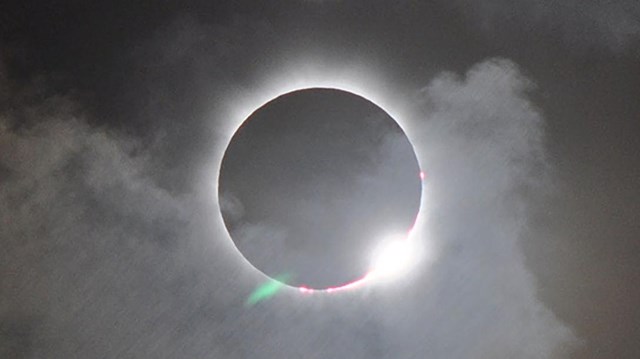
Official Eclipse Viewing Areas
Find the best place to see the eclipse. 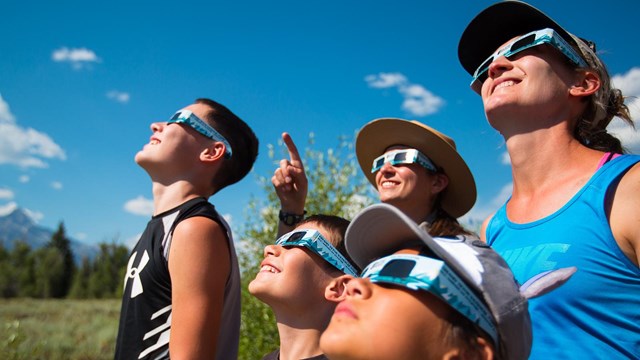
Eclipse Safety
Prepare yourself to safely view the eclipse, wildlife, and the park 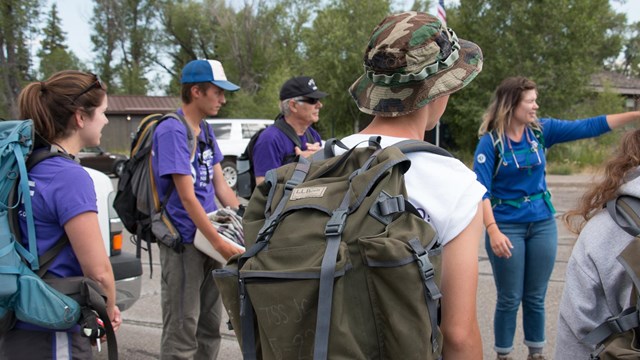
Be Prepared
Top things to be prepared for while on eclipse day and what to bring. 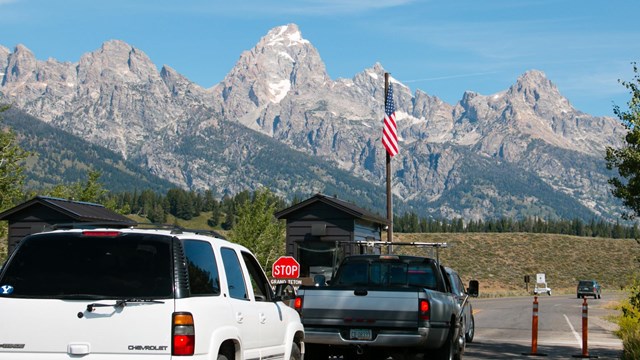
Getting Around During the Eclipse
Learn more about park entrances, roads, parking, and boating. 
Where to Stay
Find out about lodging, camping, and backcountry camping during the eclipse. 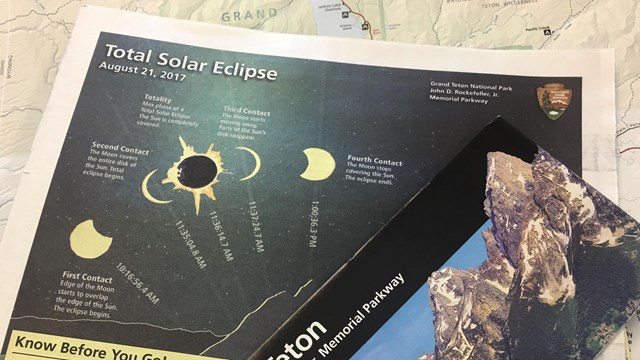
Get the Eclipse Guide and Maps
Download the Eclipse Guide for Grand Teton to have information at your finger tips. 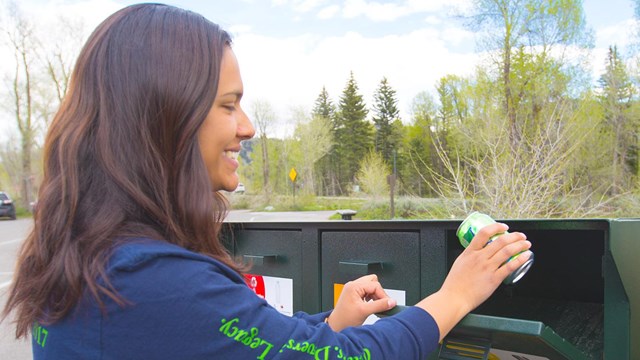
Green the Eclipse
Keep Grand Teton on the path to Zero-Landfill. 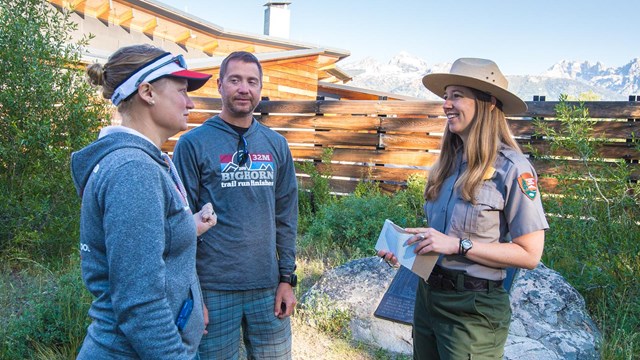
Eclipse FAQs
Check out the most common questions and answers. 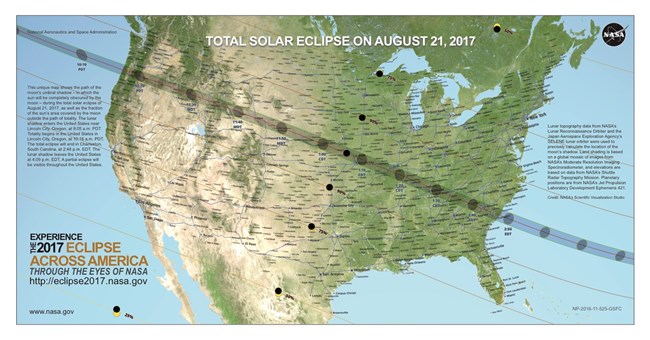
NASA What is an eclipse?A solar eclipse is a celestial event when the moon passes between the sun and Earth blocking all or part of the sun. At a given location, the event can last up to an hour and a half. For this eclipse the longest period when the moon completely blocks the sun will be about two minutes and 40 seconds. The last total eclipse for the contiguous U.S. was in 1979, the next one will be in 2024.At 10:17 am on Monday, August 21st, 2017 the solar eclipse will begin over Jackson Hole. At 11:35 am the moon will pass directly in front of the sun blocking out most of the sun’s light. For the next 2 minutes—the exact duration depends on your location—the Sun’s corona will be visible around the disk of the moon. 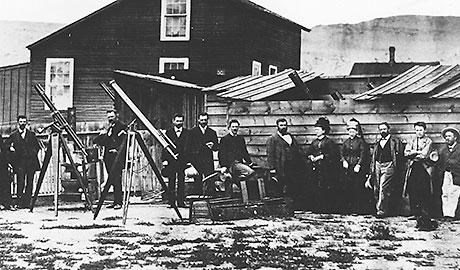
Carbon County Historical Museum HistoryFor thousands of years people learned about the sun through careful observation. Understanding the sun and seasons was critical to survival. As early as 4,000 years ago, ancient astronomers tried to predict solar eclipses in China and Greece.More recently, scientists planned experiments during eclipses to test theories and equipment. With the sun blocked, other atmospheric features become visible. Scientists proved Einstein’s theory of relativity, and they searched for a theoretical planet Vulcan but it was proven not to exist. In 1878, Thomas Edison and other scientists traveled to Wyoming to observe an eclipse. Edison tested his very sensitive thermometer, but it failed. |
Last updated: November 8, 2023
